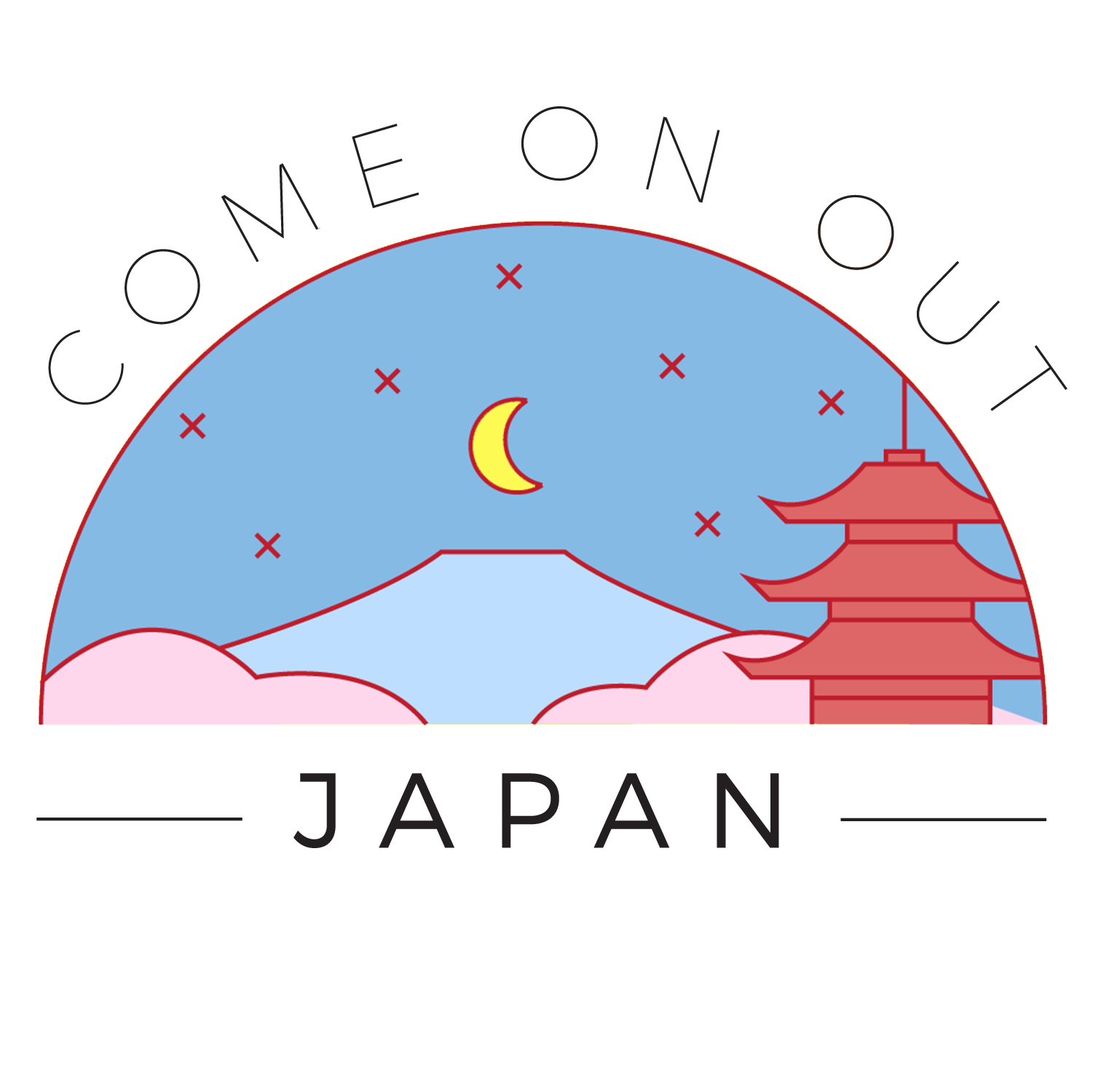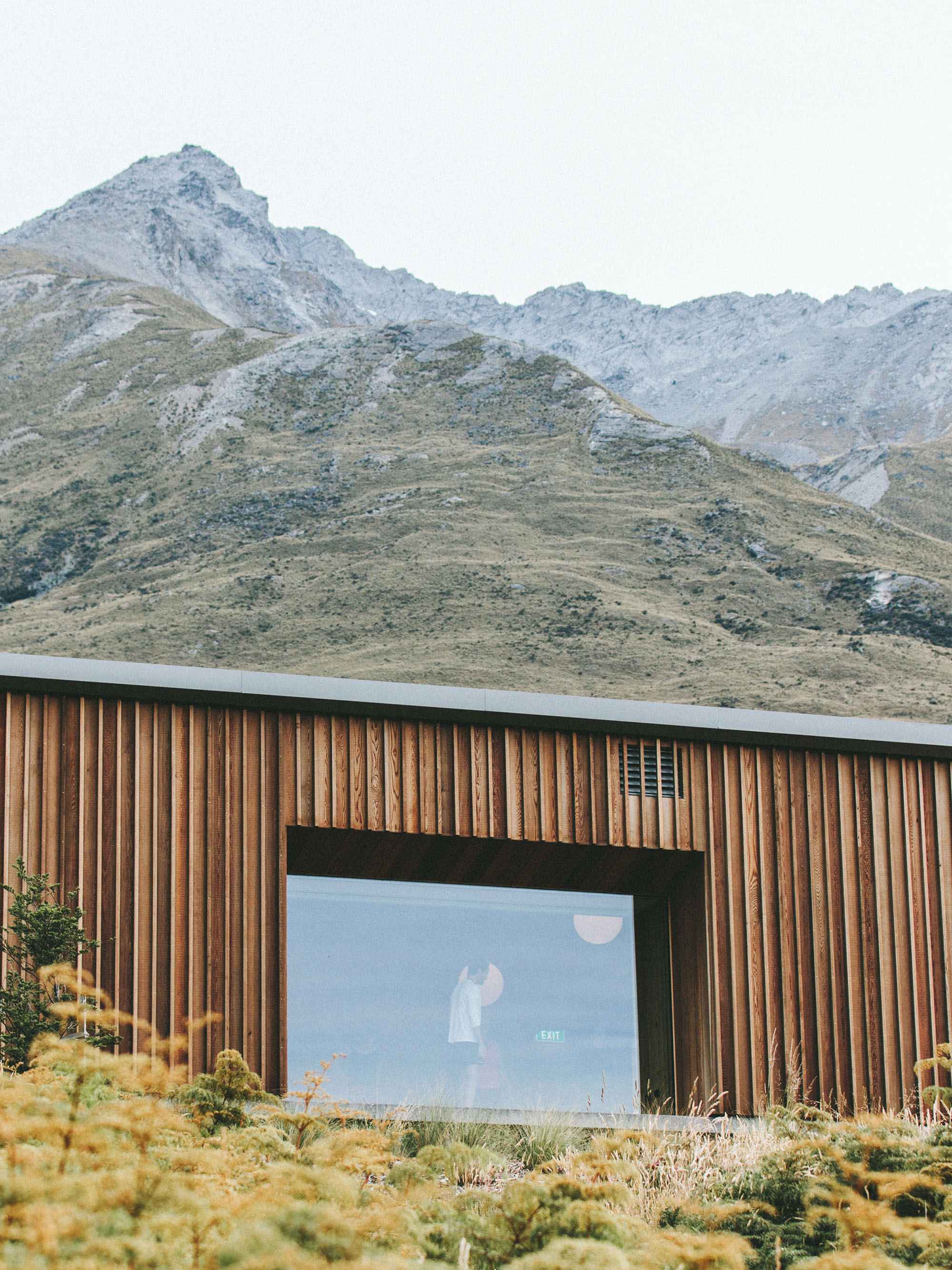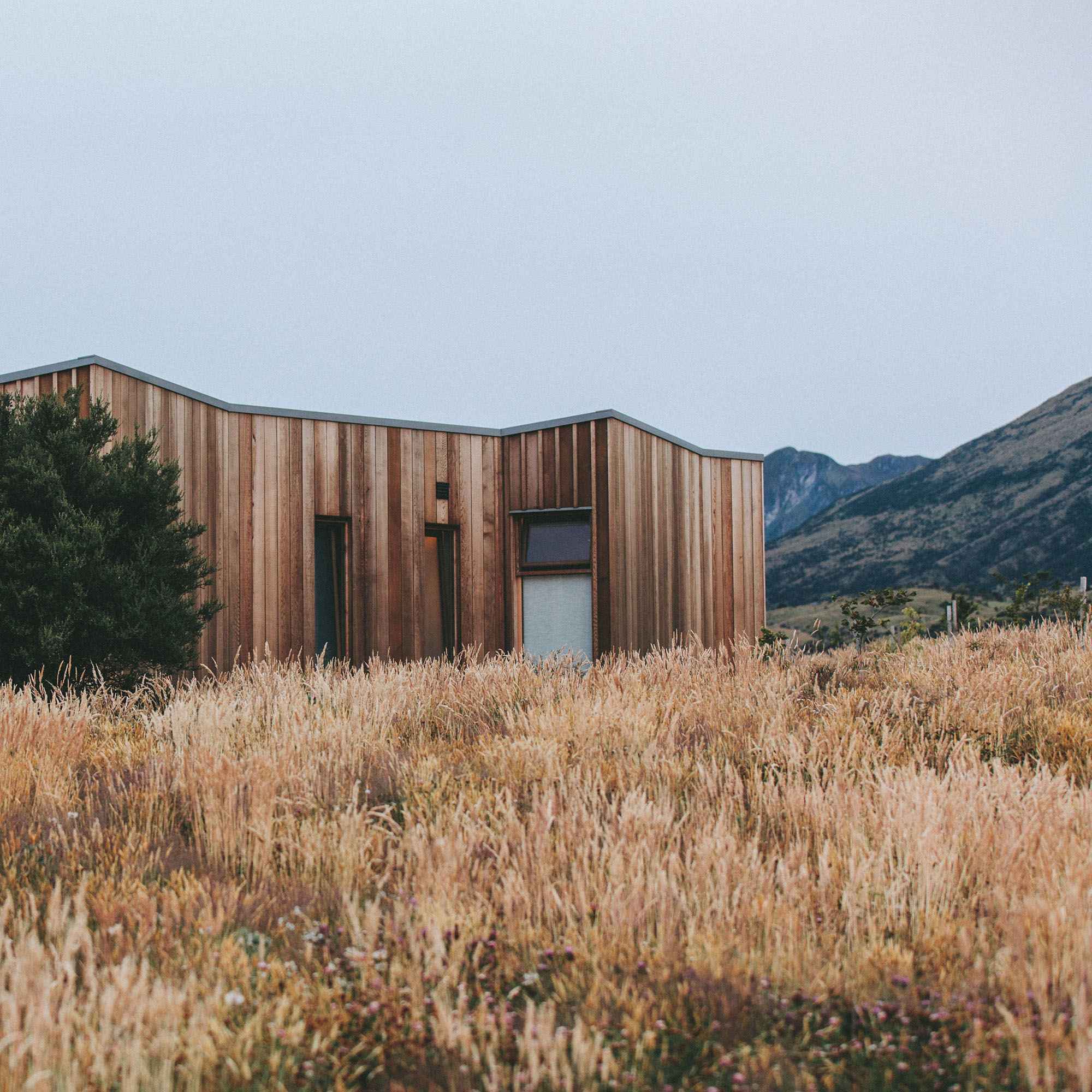Hello readers,
We are back with yet another blog post concerning one of the many facets of Japanese life which should have you raring to snatch up a plane ticket! This time we'd like to cover the many ways Japanese people travel, not just locally, but regionally and across the country as well. From the underground subway systems which always run on time to the high-speed shinkansen bullet trains, local buses to inter-island ferry boats, there are so many modes of transportation in Japan which encompass both familiar and novel experiences. However you may travel, though, the experience is sure to be convenient, safe, and relatively affordable! Additionally, this post will aim to advise visitors to Japan on how to make the most of their time and money with some lesser-known tips and tricks. We promise, even something as seemingly mundane or routine as transportation is something that tourists can get excited about.
There really are a multitude of cool ways to get around in Japan, whether you're a local or a gaijin (foreigner). For the sake of convenience and digestibility, we'll divide these modes of transportation into three umbrella categories: those used for short-distance travel within cities, towns and villages; those used for medium-distance travel between cities and prefectures (Japanese equivalent of a state or province); and, you guessed it, those used for long-distance travel which have the potential to traverse the entire country and which aren't limited to planes and boats despite the fact that Japan is primarily comprised of four separate major islands! If you're wondering how anything other than an aircraft or watercraft could possibly travel between these islands, no, the answer isn't teleportation devices, though it's hard to imagine that there isn't a room full of overworked Japanese scientists working on that sort of technology as this post is being written...
SHORT-DISTANCE TRAVEL (Buses, subways, etc.):
Typical inside of a Japanese subway train. Obviously during a busy time. Compared to the true rush hour, however, this isn't so bad. Being able to get a free seat is the best feeling when you're tired or coming home from a long day and such.
When you need to get around locally in Japan, for example within Tokyo or whichever city or town you may find yourself in, there are a number of options which are available even for traveling short distances. In addition to walking, which is of course a viable option depending upon how far you're willing to go, there are 3 main options: train, subway and bus. You may be wondering what exactly the difference between "train" and "subway" is. Basically, it's just that "train" (電車 - densha) can also refer to above-ground trains while "subway" (地下鉄 - chikatetsu) refers specifically to below-ground trains. While subway systems are only present in the major cities and very rural areas may not even have above-ground train stations, you should always be able to travel locally at least by bus. Even the buses, like the trains, are known for running on time with very rare exception.
The hallmark of Japanese transportation really is the various forms of trains, however. Unlike many Western subway systems, Japanese subway trains and stations along with their above-ground counterparts are rarely in any condition less than immaculate. Not only are they shiningly clean with extremely consistent arrival and departure times, but they have dedicated staff which are committed to customer service and the successful transit of customers! Ekiinsan (駅員さん - station workers) are some of the most helpful and relied-upon members of Japanese society in regards to providing assistance to lost or confused commuters and are often portrayed as having a very important job due to their responsibility to embody omotenashi (おもてなし - selfless hospitality and guidance), particularly towards foreigners. If you come to Japan expecting the local trains to be anything like the infamous New York subway system which you may have previous experience with, you're in for a very pleasant surprise.
Many of the major subway stations in Japanese cities double as above-ground train stations, and vice-versa, and the cost of riding the subway is comparable to that of the above-ground lines, so you don't really need to worry about which to choose over the other. The main thing to consider is really just the length and convenience of your route which is largely dependent upon whether or not you'll have to make any connections along the way. Google Maps and some other apps (Hyperdia is another popular one) are useful for calculating multiple potential routes for getting you where you wanna go. They can show how many connections you may have to make, if any, along with comparative costs and travel times; though it's rare to have to make more than one connection traveling short distances. Obviously, direct routes tend to be quicker, easier, and cheaper.
medium-distance travel (Trains and ferries):
Shiratani Unsui-kyo Gorge inside what is more commonly referred to by foreigners as Mononoke Forest on Yakushima Island, only reachable via ferry. It really is this vibrantly beautiful in person.
Though above-ground trains are as viable as the subway for getting around within a city, the above-ground lines actually tend to run a bit further and are not usually confined to one locality. For example, you can easily take an above-ground train to get from Tokyo to its sister-city Yokohama in usually less than an hour and sometimes without even having to make a connection depending upon your exact starting point! The old Japanese capital of Kamakura, historical and cultural hubs Nikko and Kawagoe, the mountain-and-lake-resort regions of Hakone and Fujigoko, and Mount Fuji itself are just a few of the many places which are reachable within a day and via direct train line within the Kanto region where Tokyo resides. As long as you're traveling via "ordinary" train line and not via shinkansen, you should be able to travel between these separate cities, towns and villages for as little as 1000-2500 yen per trip- roughly 10-25 dollars.
While less common and inter-connected compared to the various Japanese train lines, ferries are also an option to consider for medium-distance travel when exploring Japan. For example, if you find yourself in the seaside city of Kagoshima on Japan's island of Kyushu, there are multiple surrounding islands which tourists often travel to Kagoshima expressly for the purpose of visiting. Most notably, these are Sakurajima which houses an active composite volcano and, perhaps more famously, the legendary World Heritage site of Yakushima which inspired the setting for the critically acclaimed Hayao Miyazaki film Princess Mononoke.
Aside from the popular yet specific example of Kagoshima Prefecture, ferries can also help take you longer distances if you're looking to save some coin and don't mind taking a bit longer on your journey. For instance, all four of the major islands of Japan as well as the southernmost prefecture of Okinawa, which is actually a chain of more than 100 islands and which used to be known as the independent kingdom of Ryukyu, are technically traversable by watercraft. However, if you're looking to travel long, cross-country distances between far-off regions and the major islands of Japan in very short lengths of time, shinkansen is your best bet.
long-distance travel (bullet trains and airplanes):
A shinkansen train passes by Mount Fuji in Shizuoka Prefecture.
The most iconic form of travel in Japan is probably the ultra-modern, high-speed shinkansen bullet train. These bullet trains are extremely convenient for traveling long distances and if you're trying to see a lot of Japan during your trip rather than just staying in one region. However, since they compete wth air travel, they are not as cheap as the simpler trains and ferries. Wikipedia accurately lists shinkansen's advantages over air travel as "scheduling frequency and flexibility, punctual operation, comfortable seats, and convenient city-center terminals... Shinkansen fares are generally competitive with domestic air fares." However, shinkansen is often cheaper and, for the reasons just mentioned, definitely more convenient even in cases where prices are similar.
The shinkansen network covers virtually all of Japan with Okinawa Prefecture, the relatively small and far-off southernmost island chain, and the northern tip of Hokkaido, the northernmost major island, being the only exceptions. One of the more impressive things about the shinkansen network is that it encompasses underwater tunnels which connect the major islands of Japan; that's how the nation has been able to bypass air and watercraft in order to bridge together its otherwise more isolated parts. Something about the idea of being able to ride a bullet train underwater is so insanely cool.
If you do want to travel by air, however, maybe because you really want to see Okinawa and the ferries would take too long, then of course Japanese airlines are as legitimate as anywhere else in the world. JAL (Japan Airlines), Jetstar, and ANA (All Nippon Airways) tend to be the big three, but a number of other smaller airlines such as Peach, Skymmark, and Vanilla Air also exist. Prices and routes can of course be compared online in English!
Other useful info:
-Google Maps should really be your best friend when trying to figure out travel in Japan. Whether you're trying to get around within a city or trying to get from one major island to another, Google Maps can give you good comprehensive info about your options for travel outside of air travel. It's really simple to use once you get the hang of it- just enter your starting location and where you want to to go (you can also alter the desired departure/arrival times and edit preferences for modes of vehicle transport) and a list of alternative routes will pop up along with their total costs, travel times, etc.
-The JR Rail Pass: Taken from the official website at jrailpass.com- "It is the most cost-efficient way to travel all over Japan for a limitless number of trips, restricted only by the selection of a time-frame. Choosing between 7, 14 and 21 days of JR Pass validity, you will be able to access any part of Japan and also have the opportunity to enjoy the world-famous Shinkansen bullet-train and travel with 320 km/h." Basically this pass allows you to travel freely and limitlessly within and across Japan for a flat rate for either one, two or three weeks. It is well worth the money if you hope to see a lot of Japan during your trip, but it can only be purchased before arriving in-country, so purchase it beforehand!
-Pasmo and Suica cards: These are the two forms of subway cards which are used in Japan which also work for most of the buses and above-ground train lines as well as being usable at many vending machines and convenient stores and so forth. There's really no difference between the two though tourists often wonder and they can be purchased at any station upon arrival in Japan. You normally will have to deposit 500 yen for the card and can then begin loading money onto it as you please.
-Renting a car: This is doable and of course viable as a form of travel in Japan, but you have to make sure that you acquire your international license before arriving in-country or else it will be much more expensive. Usually you can receive the international certification in your home country at your local DMV for a small fee and without even having to take any sort of test... be careful if you'll be driving on the opposite side of the road compared to what you're used to though...
Well, that wraps up this post! We hope it's been informative and we're pretty sure it will be useful if you'll be visiting Japan at any point in the future. It's been a long one but Japanese transportation can actually be quite confusing and multi-faceted for all its convenience due to the wide range of options and information available. Feel free to contact us with any further questions or inquiries as there's a lot of pertinent information which didn't make it in to this post! Don't forget to follow us on our other platforms and watch for further posts regarding Japanese culture, lifestyle, travel, food, and so forth!
Facebook: https://www.facebook.com/comeonoutjapan/
Twitter: https://twitter.com/comeonout_japan?lang=en
LinkedIn: https://www.linkedin.com/company/come-on-out-japan
Instagram: @comeonoutjapan
-Jordan Roth















